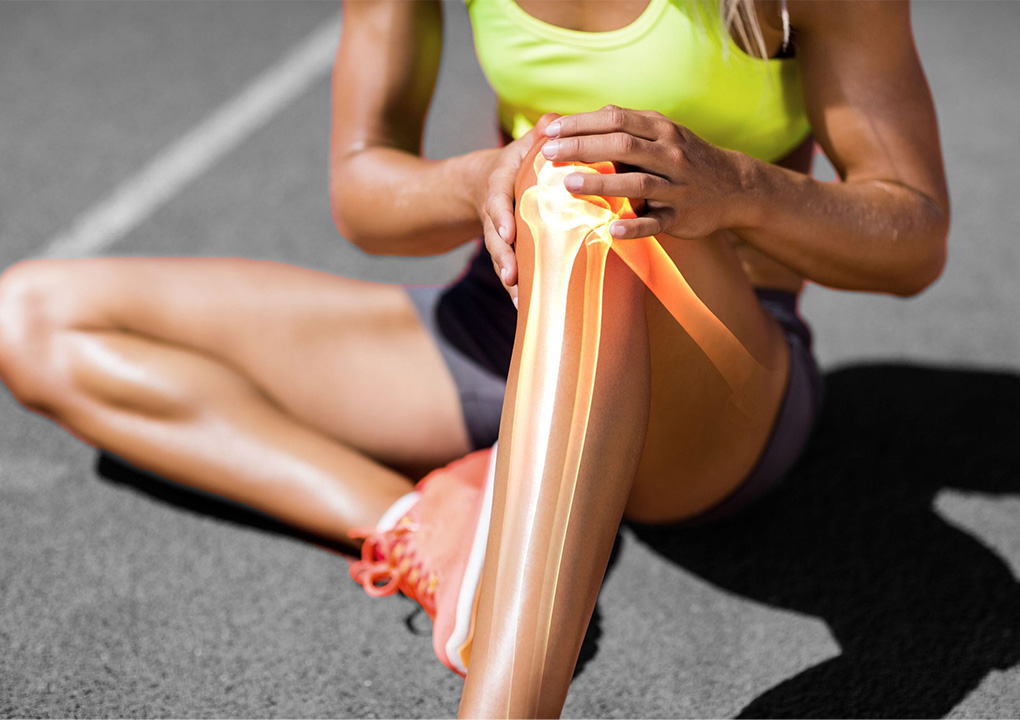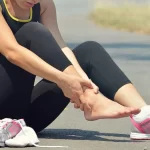Knee injuries are incredibly common, especially for those who live an active lifestyle or participate in sports. Whether you’re playing a casual game of soccer, training for a marathon, or just trying to keep fit, knee injuries can happen. Some of the most common ones include ACL tears and cartilage damage, which can sideline you for weeks or even months.
What is an ACL Tear?
The Anterior Cruciate Ligament (ACL) is one of the main ligaments that stabilise your knee joint. It runs diagonally through the middle of the knee, helping control back-and-forth motion. ACL tears are common in sports like basketball, soccer, and skiing, where there’s a lot of jumping, pivoting, and quick directional changes.
When the ACL tears, it’s not just painful—it can make your knee feel unstable, making it difficult to walk, let alone return to your favourite activities. You might hear a “pop” sound when the injury occurs, followed by swelling and loss of range of motion. In many cases, surgery is recommended to repair a torn ACL, especially for athletes or active individuals who want to return to their previous level of performance.
Recovery from ACL Tear
After surgery, ACL rehabilitation usually involves several months of physical therapy. The goal is to restore strength, flexibility, and stability to your knee. You’ll begin with gentle exercises to improve your range of motion and gradually move on to more challenging strength training and agility exercises.
It’s important to stick to your rehabilitation plan, as rushing back too soon can lead to complications or re-injury. Most athletes are able to return to their sports after 6-12 months, but recovery times can vary based on the severity of the injury and individual factors like age and overall health.
Cartilage Damage in the Knee
Cartilage acts as a cushion between the bones in your knee, allowing for smooth and pain-free movement. Damage to this cartilage, either from wear-and-tear over time or from an injury, can cause significant pain and discomfort. You might hear this referred to as “chondral” or “osteochondral” injuries.
Cartilage injuries don’t heal as easily as other tissues because cartilage doesn’t have its own blood supply. This means that when cartilage gets damaged, the body can’t repair it as effectively. Cartilage damage can lead to long-term issues like knee arthritis, and if left untreated, it can worsen over time.
Treatment Options for Cartilage Damage
For minor cartilage injuries, non-surgical treatments like physical therapy, bracing, and medications to manage pain and inflammation may be enough. However, in more severe cases, surgery may be necessary. One surgical option is cartilage repair, where the surgeon removes damaged tissue and stimulates the growth of new, healthy cartilage.
Another option is cartilage restoration, where healthy cartilage is transplanted into the damaged area. In certain cases, a procedure known as microfracture surgery can be performed, where small holes are drilled into the bone to stimulate new cartilage growth.
Regenerative Medicine and The Role of PRP in Knee Injuries
One of the more exciting developments in treating knee injuries like ACL tears and cartilage damage is the use of regenerative medicine, particularly Platelet Rich Plasma (PRP) therapy. PRP is derived from your own blood. A sample is taken, and the plasma is separated from other blood components. This plasma is rich in growth factors, which can help accelerate the body’s natural healing process.
How PRP Therapy Works
Once the PRP is prepared, it is injected into the injured area, such as the knee joint or around damaged cartilage. The growth factors in PRP stimulate the healing of tissues like ligaments, tendons, and cartilage and can even reduce inflammation.
While PRP isn’t a “magic bullet,” it’s shown promise in speeding up recovery from ACL tears and cartilage damage, especially when combined with other treatments like physical therapy. PRP may also be an option for people who are looking to avoid surgery or for those who want to complement their surgical recovery.
PRP is often used for treating other joint problems as well, including knee arthritis, tendon injuries, and meniscus tears. Since PRP uses your own blood, it’s a safe and relatively low-risk option for many patients.
Surgery vs. Regenerative Medicine: Which Is Right for You?
Deciding between surgical treatment and regenerative therapies like PRP can be tricky, and it depends on a variety of factors. For younger, active individuals with severe injuries like a torn ACL, surgery is often the best option to ensure proper healing and stability.
On the other hand, for cartilage damage or less severe injuries, PRP therapy may be a great alternative to surgery, especially if you’re hoping for a quicker recovery without the downtime associated with an operation. Many patients also find PRP to be beneficial as part of their post-surgery recovery, helping to speed up the healing process.
Your orthopaedic surgeon can help you weigh the pros and cons based on your specific injury, age, and activity level.
Tips for Faster Recovery
Regardless of whether you opt for surgery or regenerative medicine, there are a few key things you can do to ensure a smoother, faster recovery:
- Follow Your Physical Therapy Plan: Stick to the exercises and stretches recommended by your physical therapist. These are designed to help restore strength and flexibility to your knee.
- Rest and Ice: Give your knee plenty of time to rest, and use ice to reduce inflammation and swelling in the days following an injury.
- Stay Active: Once your knee starts to feel better, don’t jump back into intense activity too soon. Focus on low-impact exercises like swimming or cycling to maintain fitness while giving your knee time to heal.
- Consider PRP: Talk to your doctor about whether PRP therapy might be right for you, especially if you’re looking for ways to enhance healing.
Dealing with a knee injury like an ACL tear or cartilage damage can be frustrating, but with the right treatment and recovery plan, you can get back to doing what you love. Whether it’s through surgery, regenerative medicine like PRP, or a combination of both, there are options available to help you recover faster and stronger.
At Liberty Orthopaedic Clinic, we’re here to guide you through every step of your recovery, ensuring you get the care you need to return to your active lifestyle.










